
Finding some zen in Zanzibar

East Africa has an irrepressible allure, and I’ve become addicted to its vibrant kangas (patterned fabric), its friendly people, and its crystal-clear waters. So, to get my next Kiswahili fix, we headed to Unguja Island – more commonly known as Zanzibar – which is just a two-hour ferry ride from the Tanzanian coastal capital of Dar es Salaam, or a direct flight from many African cities.
Thanks to its close proximity and budget airline options, the largest island in the Zanzibar Archipelago is an easily accessible and relatively affordable idyll where South African residents with itchy feet can spend their crashing currency. And with a week’s prescription of sun, sea, sand, and Stone Town tucked between the pages of my passport, a holiday in Zanzibar proved to be just what the doctor ordered to take the edge off my East African cravings.
 Find out about Zanzibar for your next African safari. We have ready-made safaris to choose from, or ask us to build one just for you.
Find out about Zanzibar for your next African safari. We have ready-made safaris to choose from, or ask us to build one just for you.

Not all who wander are lost
Our first stop was Stone Town – the historical part of Zanzibar City and a UNESCO World Heritage Site, which lies 10 minutes from the international airport on a western headland that protrudes into the Indian Ocean.
Stone Town has all the accoutrements of a magician, whereby the distractions of noise and charm mask its subtle changes to amaze and astound the amateur. It is a hypnotist by whose acquaintance you allow yourself to be harmlessly deceived as you wander beguiled under its spell, submitting to its whims at every indiscernible turn.
Its smoke and mirrors are a labyrinth of coralline ragstone and mangrove timber architecture, and its urban fabric tells the tale of the town’s former life as a Swahili trading port. The now crumbling buildings were once moulded under the influence of disparate cultures from Asia to Europe, and their notorious history as East Africa’s primary slave market remains imprisoned in the foundations.
Its bells and whistles are the elaborately hand-carved doors that are hewn along the narrow walkways, the spice shops that pepper the alleyways, and the smell of incense that permeates the clothes drying on verandas. A stolen glance into an interior courtyard offers an intimate hint of a different life. Each lane is in an active state of dissolution, disappearing seamlessly around every corner before it has barely come into being. At first, I felt this disorienting, but when I surrendered to the colours and the calls to prayer, I found myself smoothly absorbed into the town’s creases; another laughter line on its wrinkled face.
For me, the smells, sights and sounds were as heart-warmingly familiar as a box of Quality Streets at Christmas, and our first day of aimless exploration summoned countless recollections from previous travels. However, it was the convergence of this diverse range of memories that took me by surprise. How magical it was to be reminded of wandering down a cobbled lane in Italy at one turn, then looking up at a wooden balcony reminiscent of Nepal at the next.

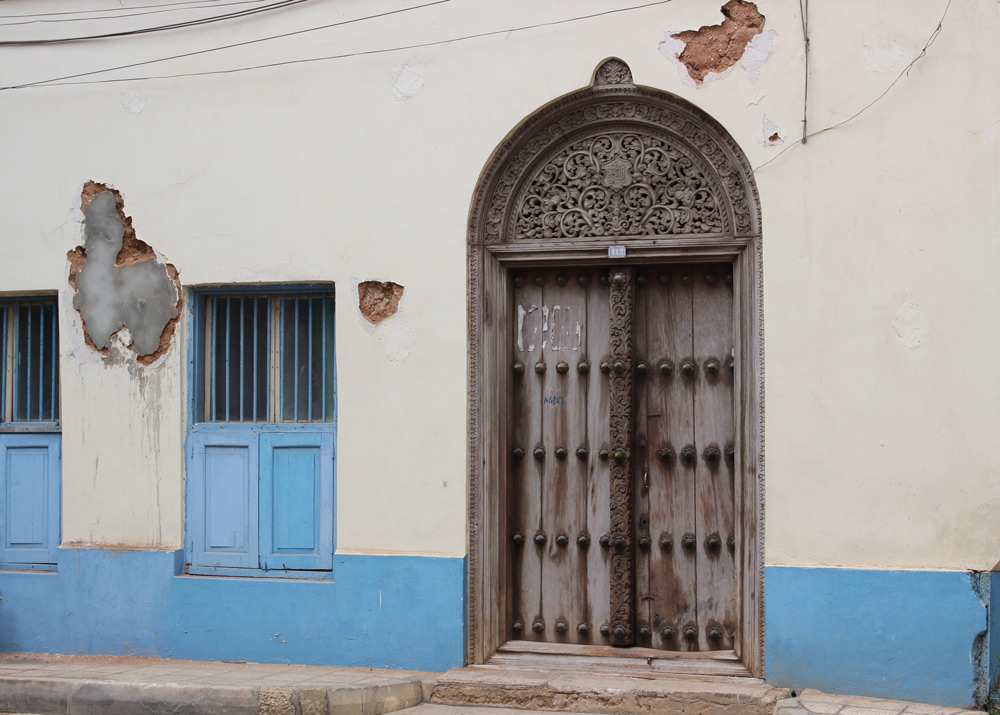

After a few hours of ambling, we found ourselves dodging the tentacles of octopus and salesmen at Darajani Market, which was nothing fancy but all compelling. After serious deliberation over whether to buy coffee beans or vanilla pods, we settled on a bag of saffron. It seemed appropriate and, although neither of us has any idea how to cook with it, the little threads of red conjure the memory of our meandering in a way that a cappuccino never could.
At the end of a day spent enjoying being lost, our tired feet stumbled past House of Wonders – the first building in East Africa to have electricity and an elevator, and then upon Forodhani Night Market, where we gorged on Zanzibar pizzas and nyama choma (barbecued meat) and drank out of coconuts by the sea until it was time to allow our senses to unwind.
As much as we had enjoyed being schedule-free for a brief interlude, we started the next day with a purpose. Full of (Zanzibari coffee) beans, we jumped on a boat with Colors of Zanzibar to visit the old quarantine station and the giant Aldabra tortoise colony on Prison Island. This endangered species was given as a gift from the Seychelles government in the 19th century, and it was astounding to be in the presence of these testudinal relics – one of which was 158 years old!
While snorkelling in the clear waters around the island at the end of our tour, we manoeuvred through harmless jellyfish. We were amazed to be in such a peaceful and pristine environment while so close to the bustle and dilapidation of Stone Town. Our sneak peek of the marine world also whetted our appetite for more water-based activities. After a late seafood lunch back in town, we set off on an intoxicatingly beautiful dhow sunset cruise with Zama Tours.
As we sailed past the shoreline’s architectural wonders and watched the sun set over fishermen diving into the Indian Ocean, we ate spicy cassava chips. At the same time, the sky turned pink and counted the stars as another day came to a close in magical Zanzibar.
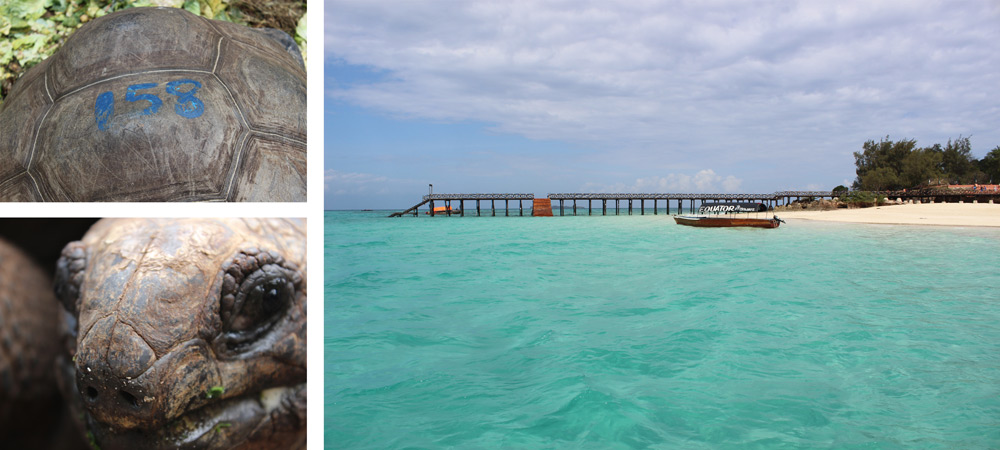
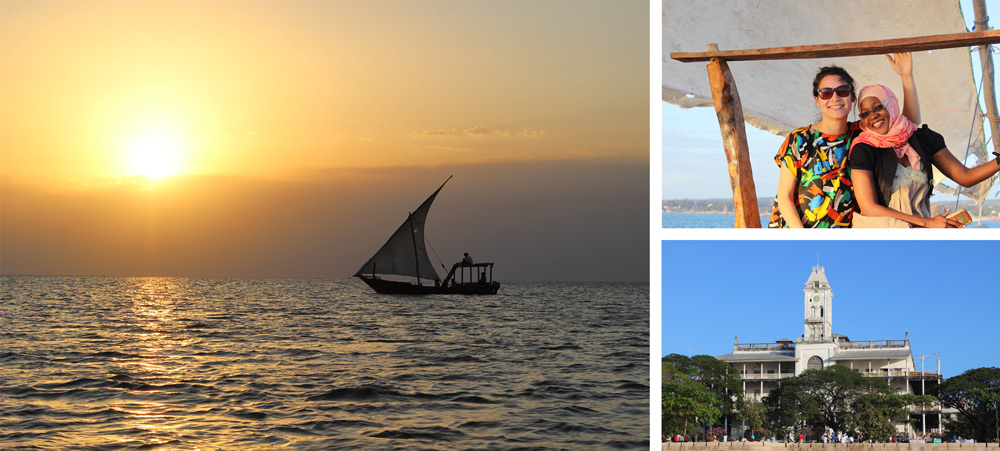
Sun of a Beach
My husband and I share one thing in common – a mutual horror of inclement weather. We are partners in a quest for sunshine, and Zanzibar was our light at the end of the tunnel after surviving another winter in Cape Town. So, with little more than a yearning for vitamin D and crayfish, we bid a fond farewell to Stone Town and headed off to explore the beaches for the rest of our break.
Over the next few days, we travelled from the cliffs of Kama along the west coast to Michamwe-Pingwe in the east, before heading down to Menai Bay in the southwest of the island. Our little circuit made it clear that, although only 85 kilometres in length, the diversity of places to lay your beach towel in Zanzibar is immense, and every nook and cranny has something unique to offer.
From rocky shores with private jetties to beautiful stretches of white sand beaches, it’s fascinating how many sides there are to the Spice Island. Even the same area can change dramatically at different times of day, depending on the tide or weather. There is also a range of activities to spice up your days – from swimming with dolphins or walking in the mangrove forest, to scuba diving or joining a spice village tour with a cooking lesson. As a result, you can relax, safe in the knowledge that your days by the ocean will be sure to make a splash.
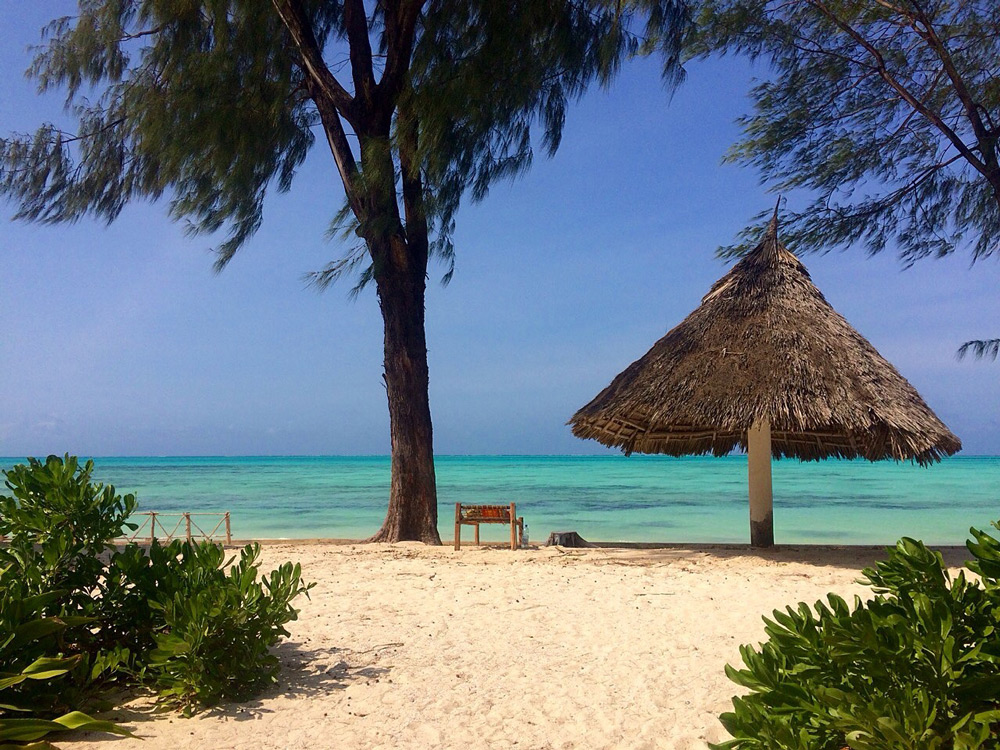
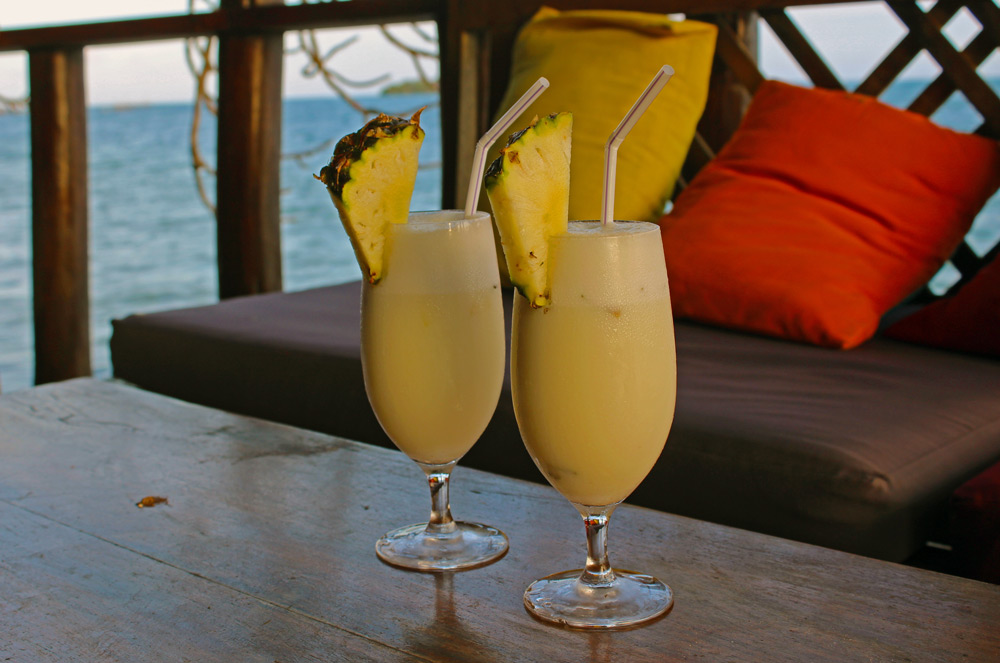
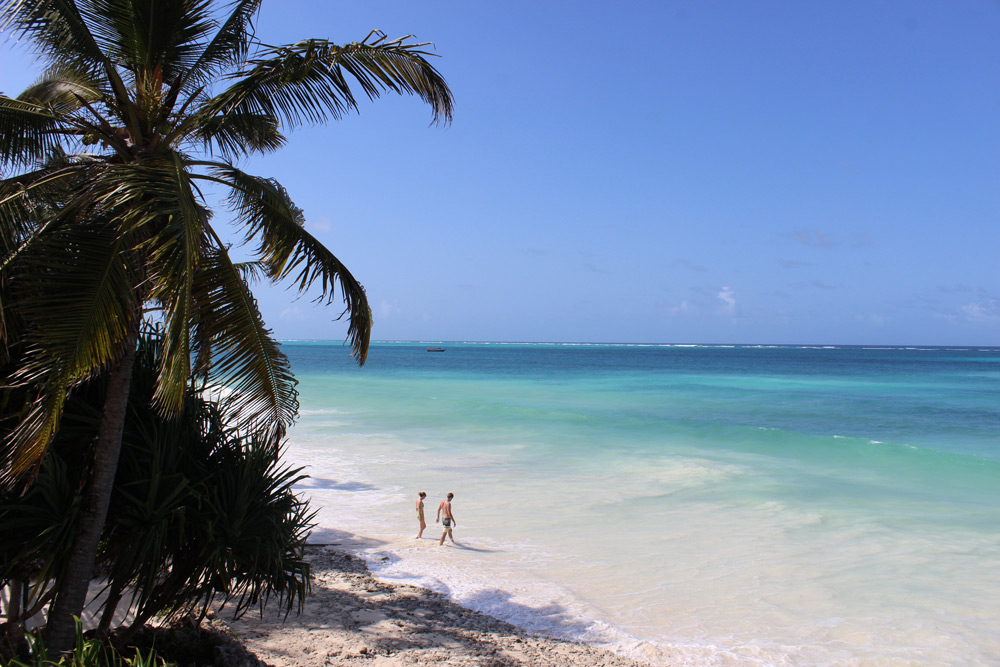
Where to stay in Stone Town
Zanzibar Palace Hotel provides the perfect launchpad for a stay in Stone Town. And the climb to the Dunia Honeymoon Suite on the top floor is particularly worth the lactic acid build-up. Feeling like Rapunzel in her tower, but surrounded by antique Zanzibari furniture, this suite offers a fantastic view over Stone Town, and a further short flight up to the ensuite bathroom provides a loo with a view and loungers to soak it all up from.
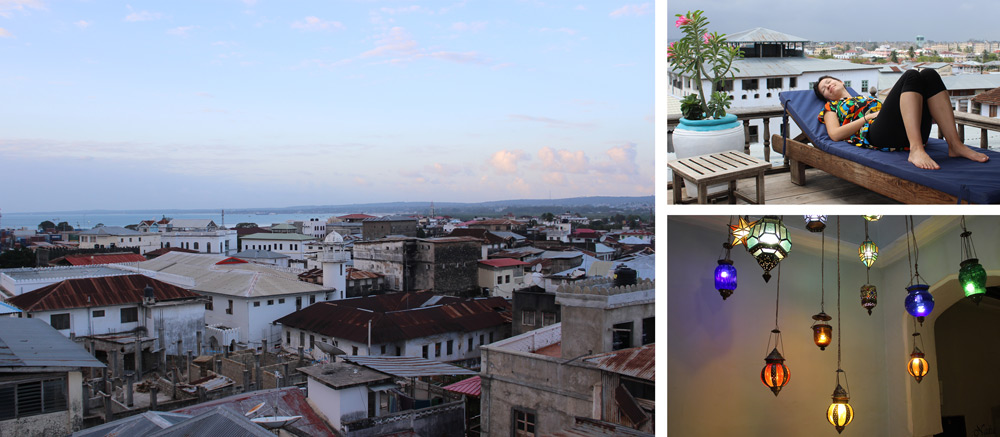
For those on a budget, Warere Town House is a great option that lies near the ferry terminal. Basic but clean and comfortable, beautiful fabric designs and other Zanzibari decorative touches make it a welcoming place to lay your head. Its rooftop restaurant – where you can start the day with a breakfast of champions – also offers a great lookout over the town.
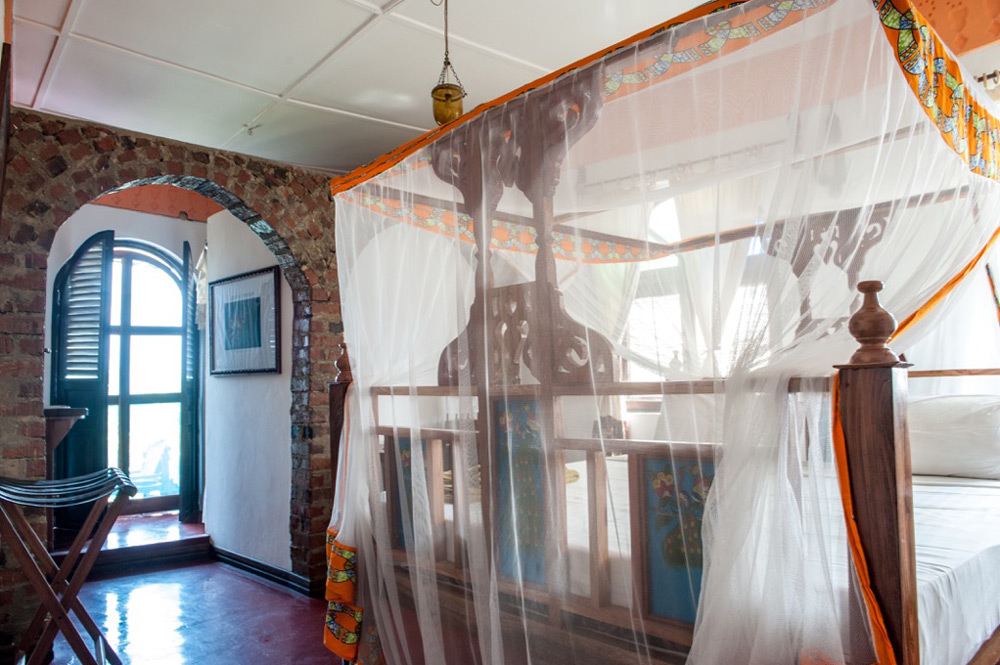
House of Spices doubles up on the goods. Not only is it a centrally located hotel, making it a convenient base from which to explore Stone Town’s alleys, but it is also one of the town’s most reputable restaurants. Something of a local icon, House of Spices provides a fantastic fusion of Italian and Zanzibari cuisine, thanks to its Modena-born owner and local chefs. Spices are woven into the variety of dishes in a delectable manner that will help you understand how the Spice Islands got their name. Book your stay through Adventure Camps Tanzania and don’t miss out on the chilli chocolate mousse for dessert!

Where to stay by the beach
People often rave about the resorts along the north coast of Zanzibar, which do most certainly offer the R&R that many require. However, if you venture off the beaten beach to some more secluded coves, there is plenty of fantastic accommodation available.
From beach huts and private villas to luxury boutiques and first-class resorts, there is something for everyone in Zanzibar. And it’s well worth taking a break from bronzing to explore the shoreline – both above and below the water.
Zanzi Resort offers privacy and luxury in a tropical setting on the west coast of the island. From the moment you enter the grounds and drink your welcome coconut, you know it’s time to kick back and relax. A luxury villa with a private pool is the way forward here, especially if you’re looking for some one-on-one time with your nearest and dearest.
Everything has been considered to make you feel at home – from television with DVDs, to a mini-library, and the service is impeccable. Once a week for dinner, a communal barbecue and live music are organised, so you can feast on crayfish and steak, while bush babies pop in to see what’s going on before you take to the dancefloor.
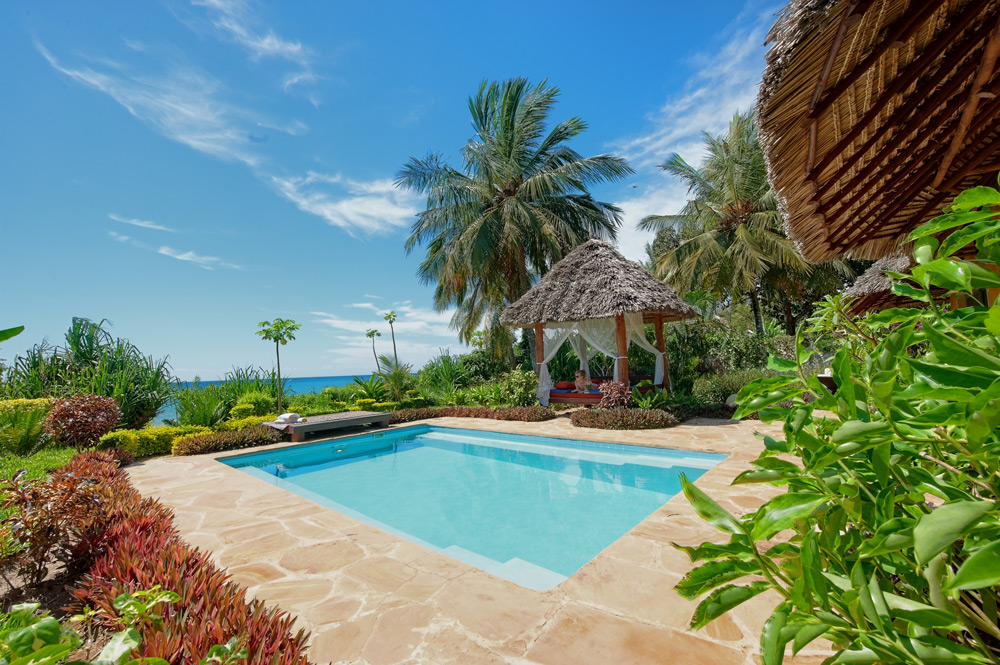
Located along the same stretch as the famous Rock Restaurant, Boutique Hotel Matlai offers an intimate experience along the stunning Michamwe-Pingwe coastline. With just six bedrooms across two buildings – Asili House and Villa Kidosho – guests are provided with a butler service that makes this a genuinely personable experience. You can expect to wake up in a king-sized four-poster bed to see the sunrise before your eyes and enjoy a romantic dinner in the privacy of your balcony in the evening. Still, the hotel’s most impressive feature is arguably its swimming pool. Fit for a movie set, its dramatic curvatures jut out to the beach and make for the perfect place to dream while resting on a floating beanbag. Except you don’t have to imagine because this could be your reality!
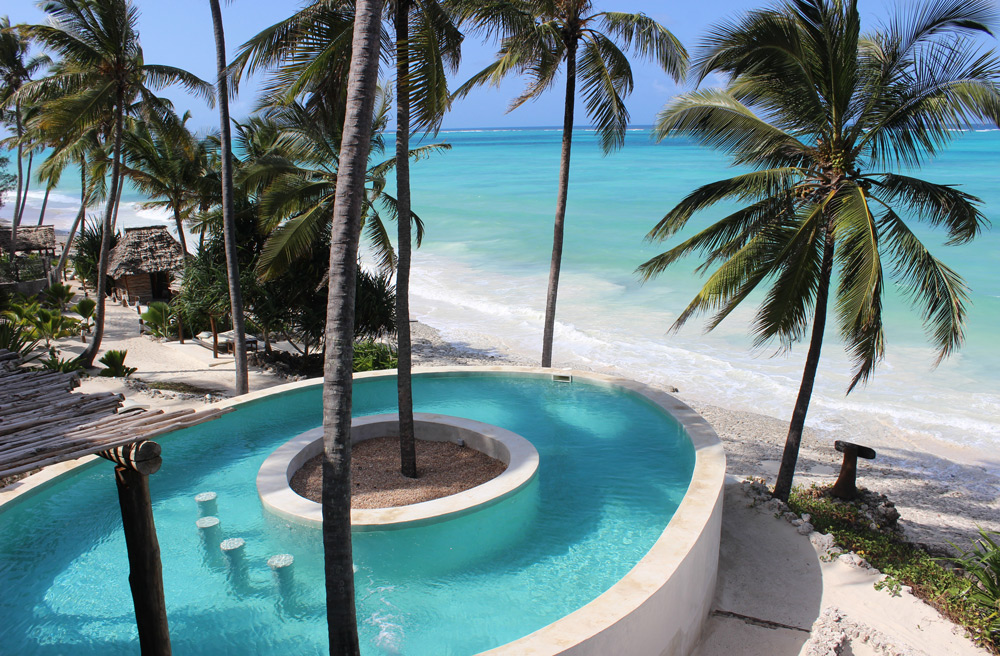
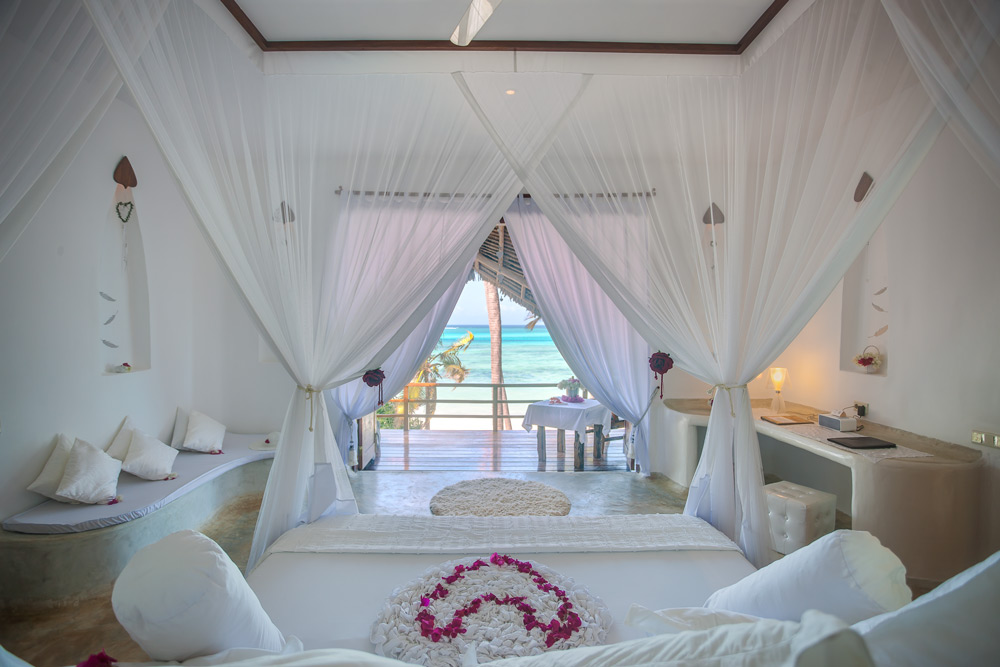
If you love scuba diving or are interested in joining the Safari Blue tour, Fumba Beach Lodge is an excellent place from which to explore the Menai Bay Conservation Area. A haven for flipper fiends, you can expect your days to be filled with dolphins, islands, sandbanks, and coral reefs, before you return to the lodge to read a good book in your hammock, surrounded by monkeys. An endemic Zanzibar colobus monkey has also recently been spotted here for the first time!
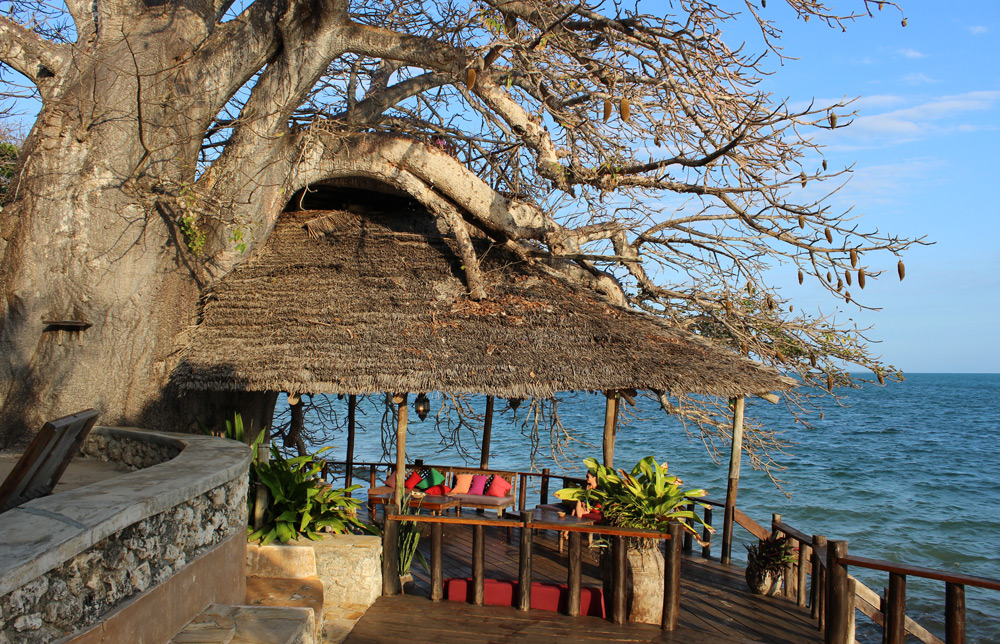
What to know
Zanzibar is a predominantly Islamic island, which gives it a richly beautiful culture. Expect five calls to prayer a day, beef bacon for breakfast, and most women – even girls from a young age – to be wearing a hijab. It’s unlikely that anybody will take offence at any scantily-clad tourists. Still, it’s always nice to be considerate by covering your wobbly bits and dressing respectfully.
It’s no easy feat to get around the island unless you hire a taxi. Some roads aren’t fantastic, and police officers are out to pocket a few pennies, so they will happily detain anyone on false premises, such as not having a valid driving licence if you hire a car or motorbike. Even though you may escape unscathed from any run-ins, they can still put a dampener on your day and waste a lot of precious tanning time. So if you don’t fancy sweating over petty injustices, it’s worth splashing the cash and jumping in a taxi. Also, consider staying in just one beach spot to save time and money on the road.
Zanzibar is still a low-risk malaria area, so consult your travel clinic before you leave and make the decision that feels best for you. If you do decide to forego antimalarials, cover up in the evenings and consider travelling in cooler periods. We visited in late August during the winter season, and an upside to it being a bit nippy was that we didn’t get bitten once!
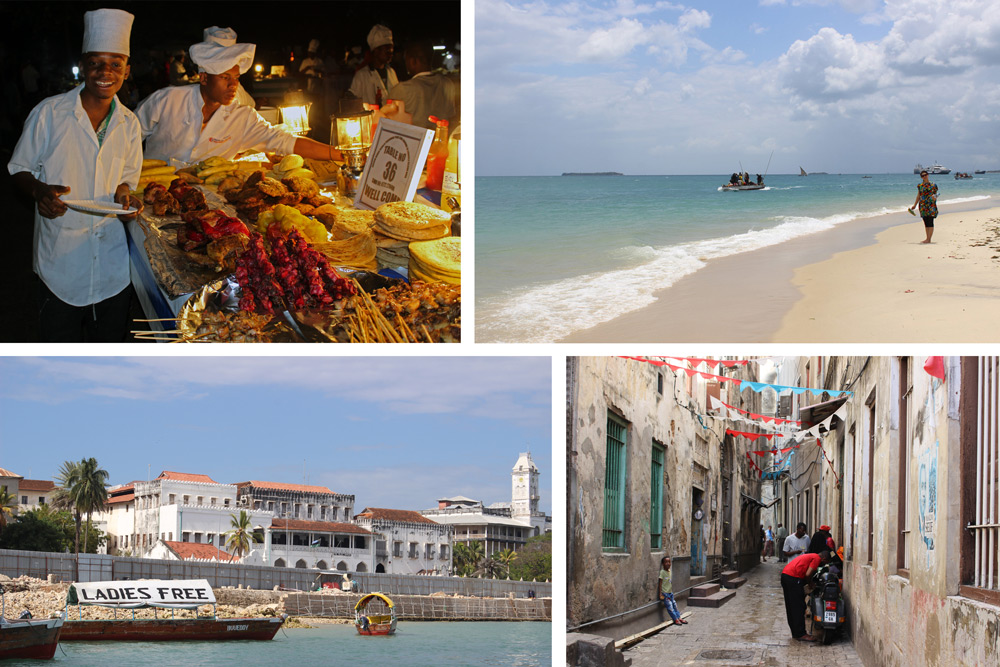
Visa requirements
As a British citizen living in South Africa, I find visas the bane of my present-day existence. But for once, a visa didn’t require the promise of my firstborn and my inside leg measurements. South Africans have the good fortune of being able to waltz into Zanzibar for free on their Green Mamba, but thankfully, most Europeans don’t have it too much harder.
It is recommended that visas be obtained at the nearest Tanzanian High Commission before departure, but living in Cape Town makes this no easy feat, so I opted to pay my US$50 and present my yellow fever certificate on arrival, which secured my single-entry visa to paradise before I could say jambo (hello).
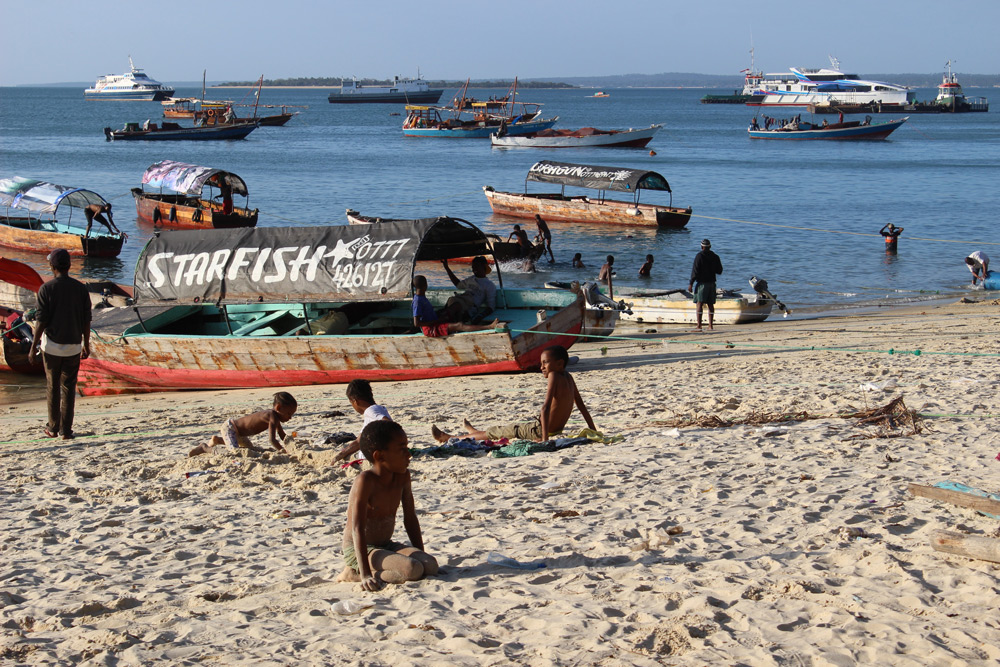
About the author
 MEI CAPES-WINCH is half-Chinese, born in England, and South African at heart. She received a BA Joint Honours in French and German from the University of Warwick before spending a decade bumbling around Europe, Asia, Australia and Central America, then settling in Cape Town.
MEI CAPES-WINCH is half-Chinese, born in England, and South African at heart. She received a BA Joint Honours in French and German from the University of Warwick before spending a decade bumbling around Europe, Asia, Australia and Central America, then settling in Cape Town.
Tired of pretending to be a grown-up, she takes every opportunity she can to explore her new home continent, accompanied by her canine best friend and her husband, who lovingly goes to great lengths to stop her whinging about being bored.
To comment on this story: Login (or sign up) to our app here - it's a troll-free safe place 🙂.![]()




